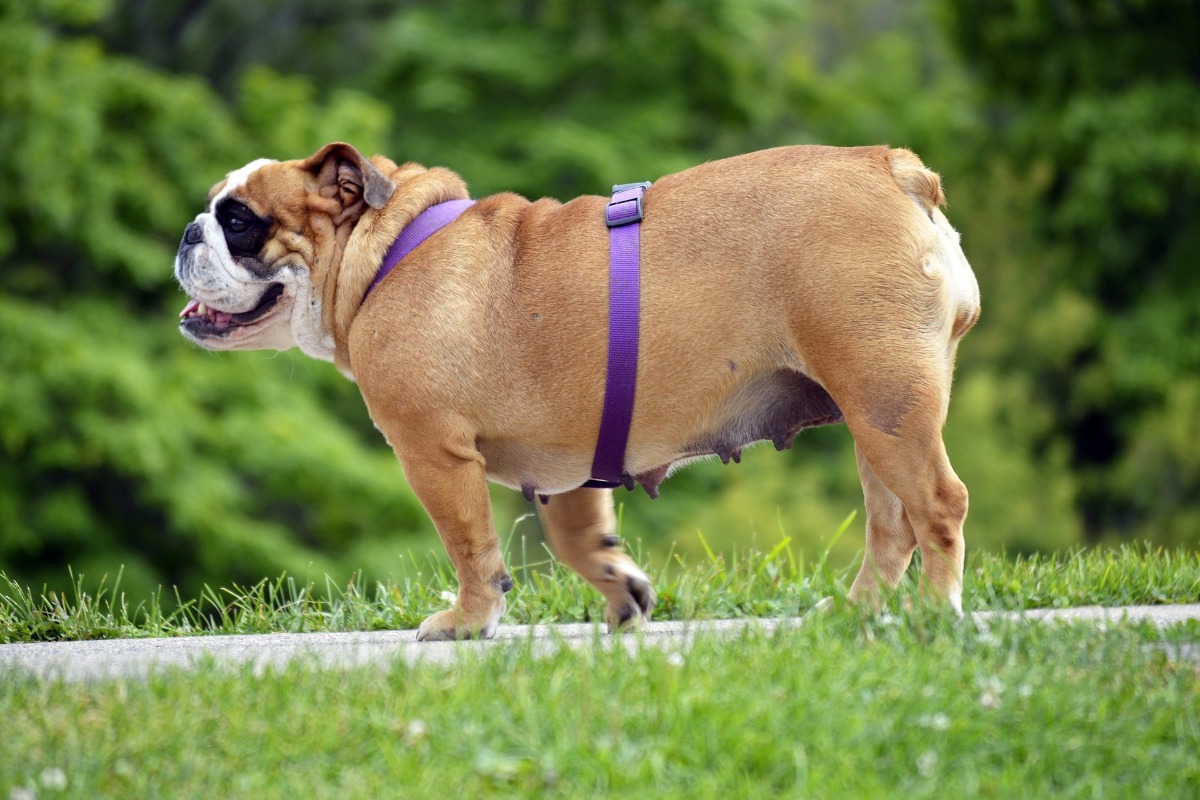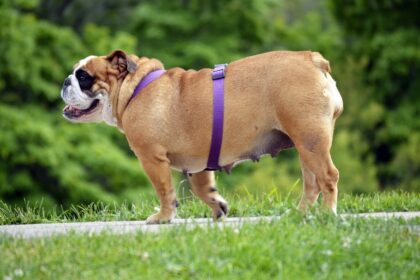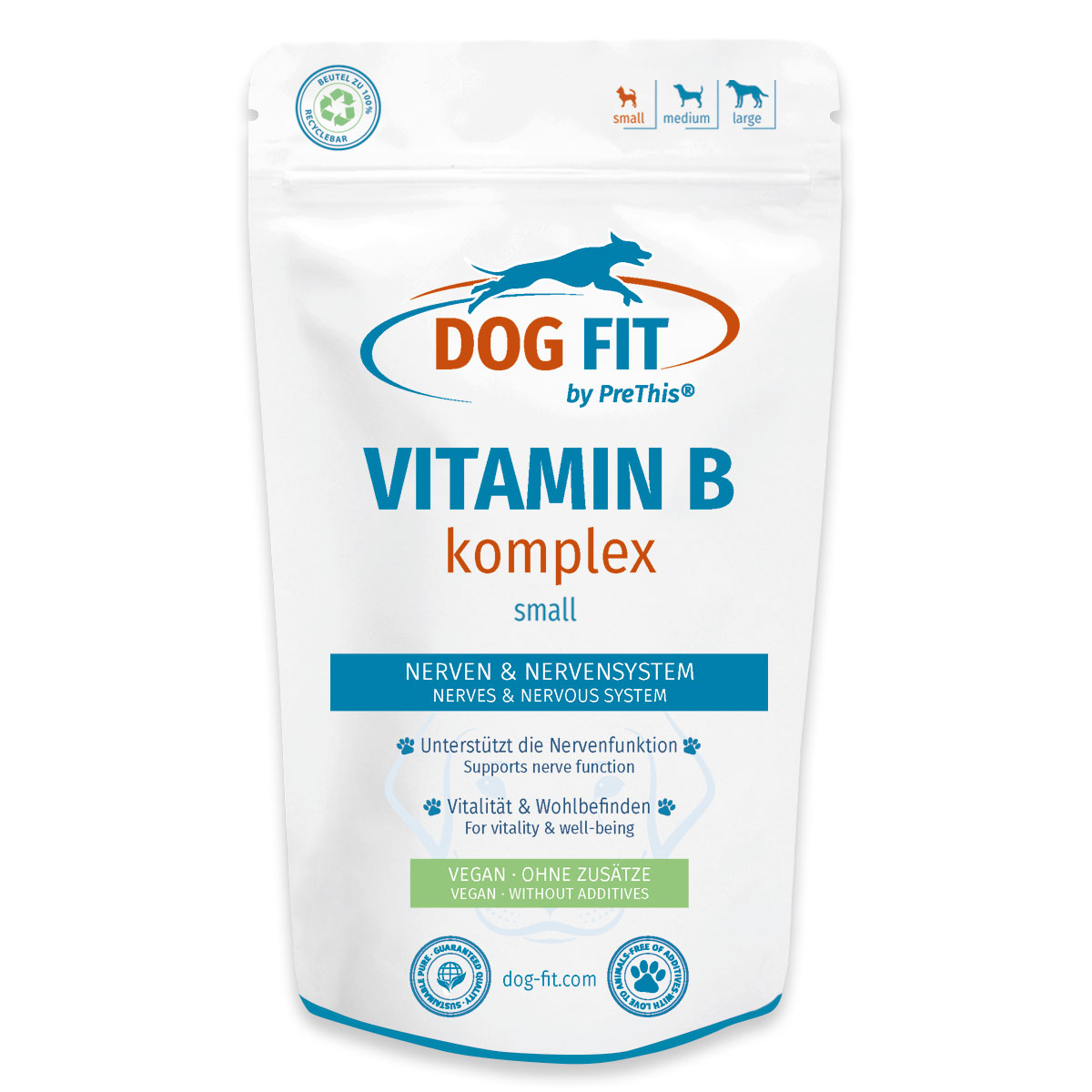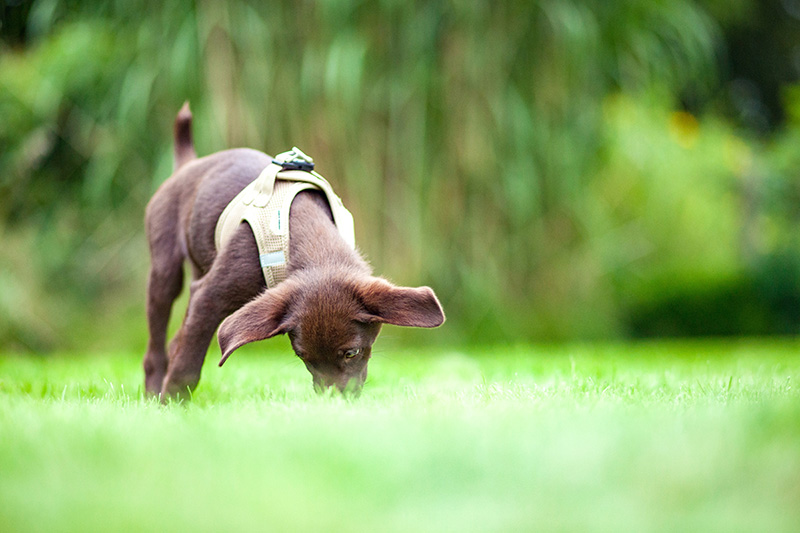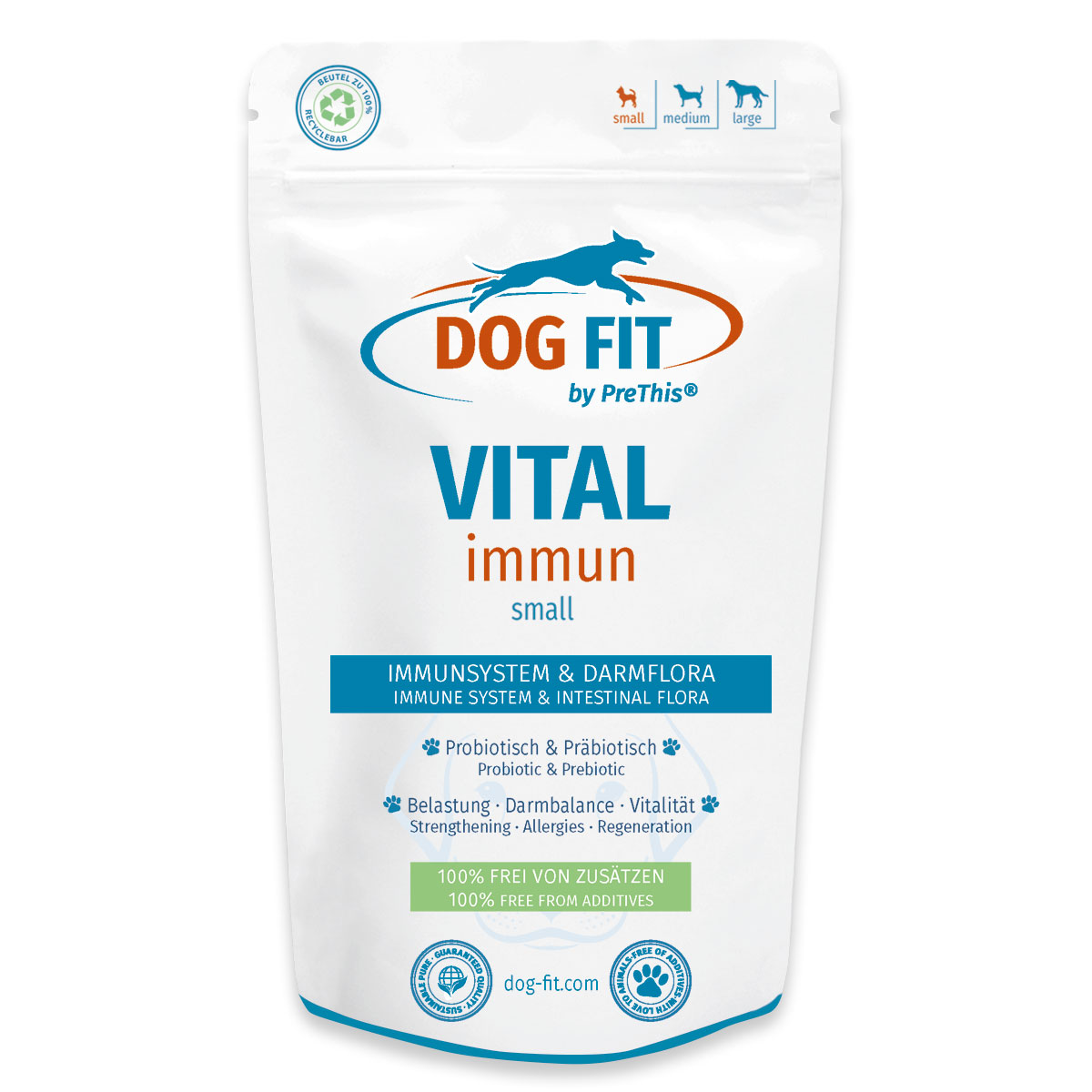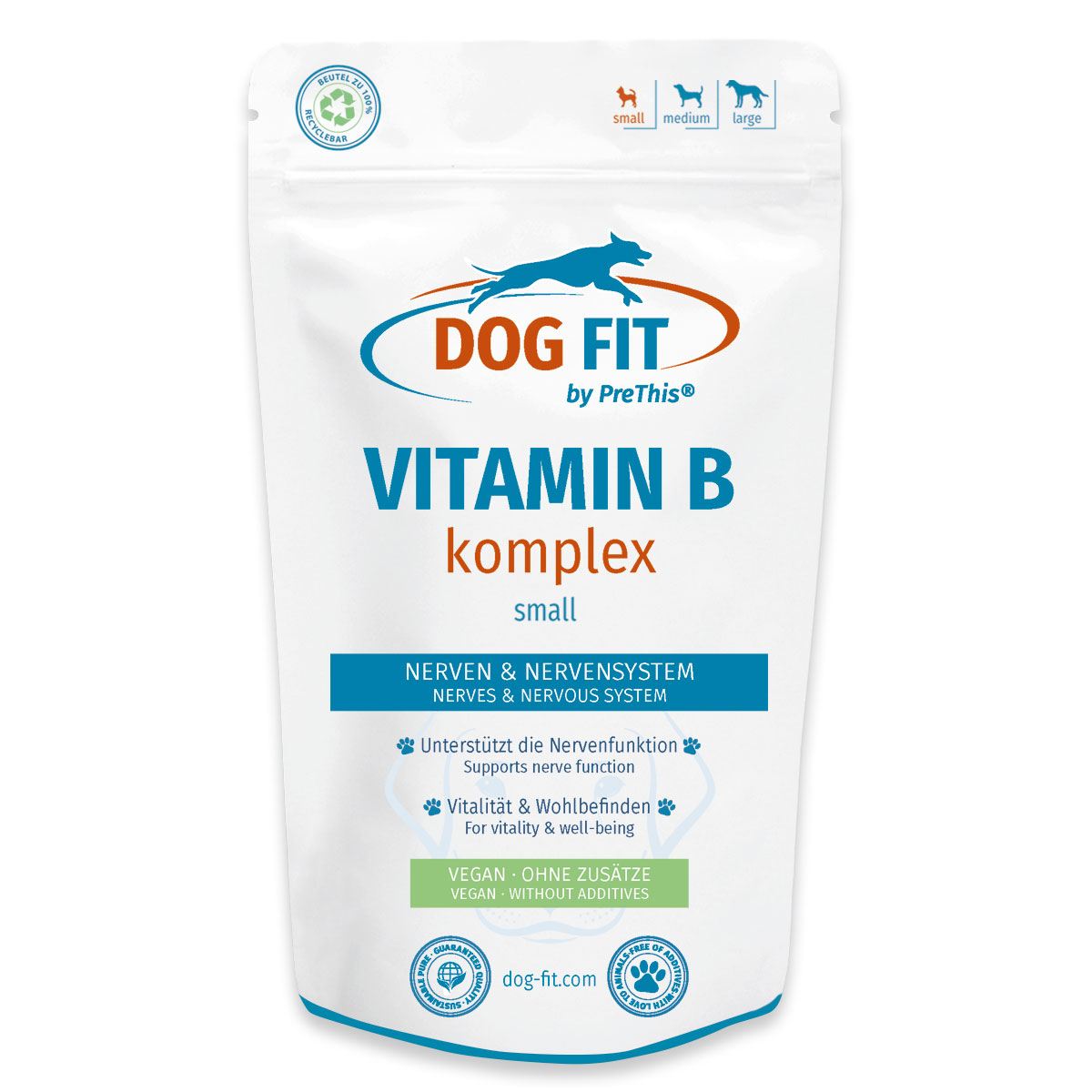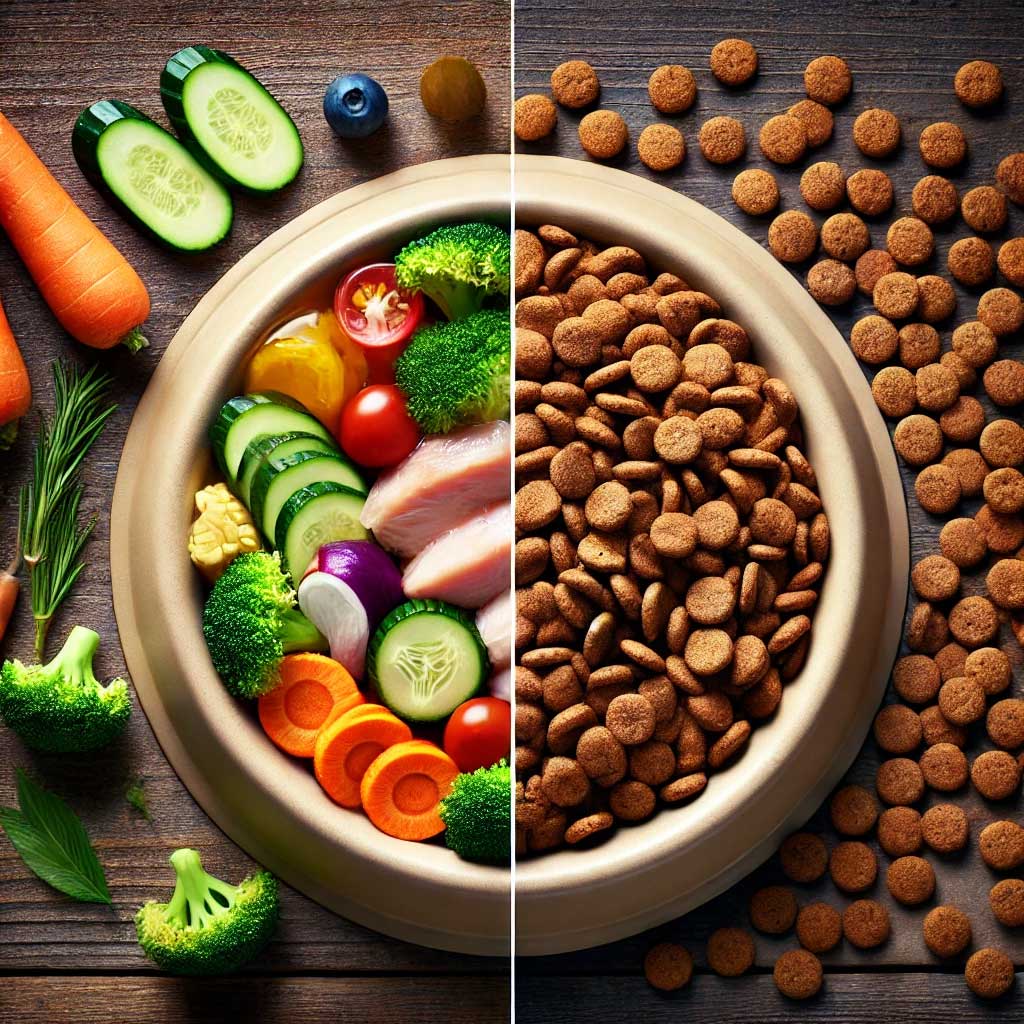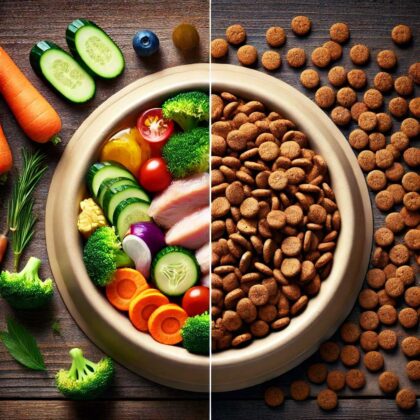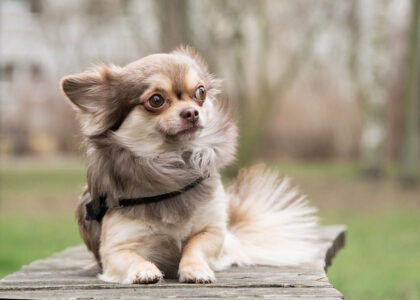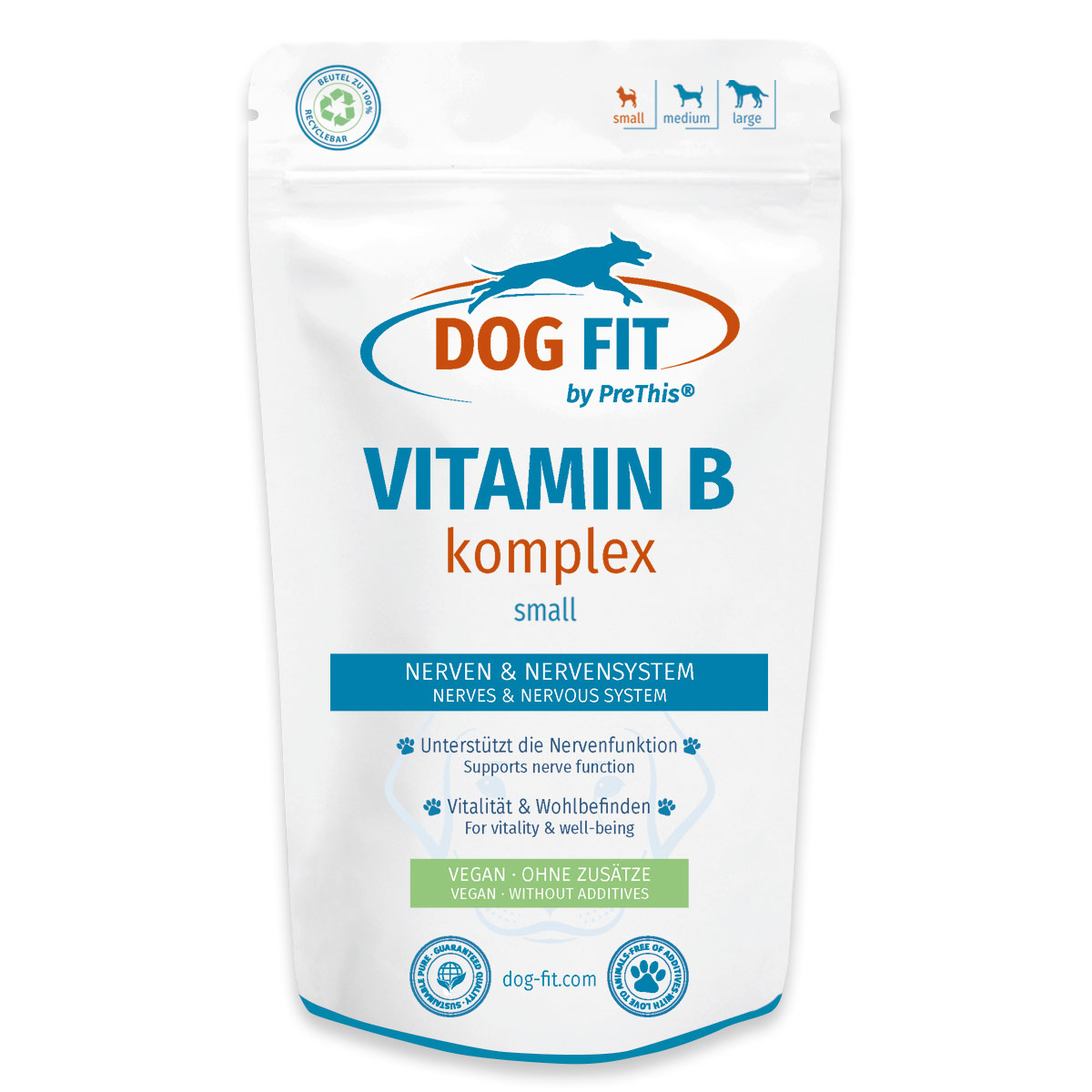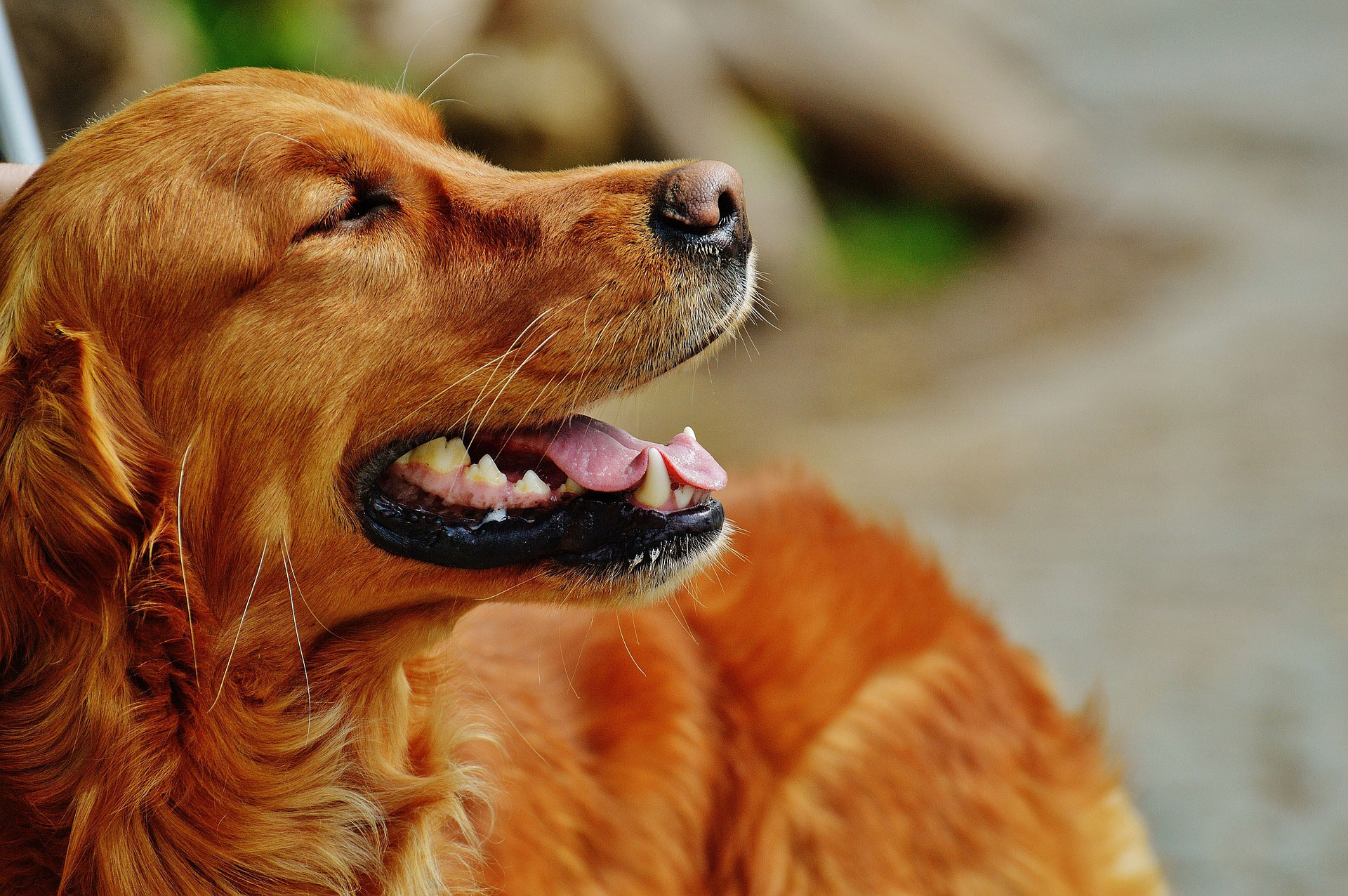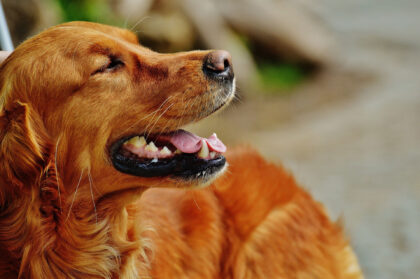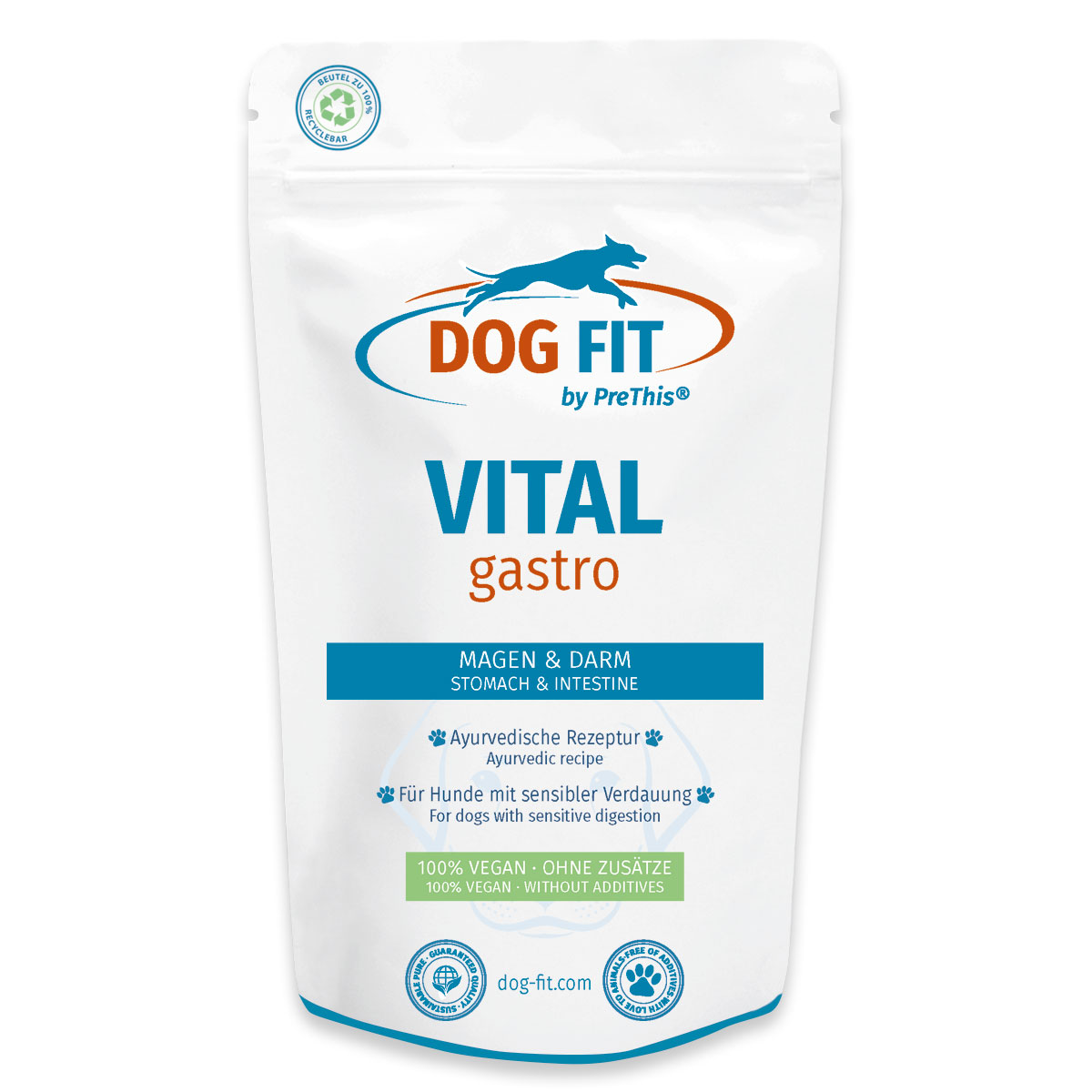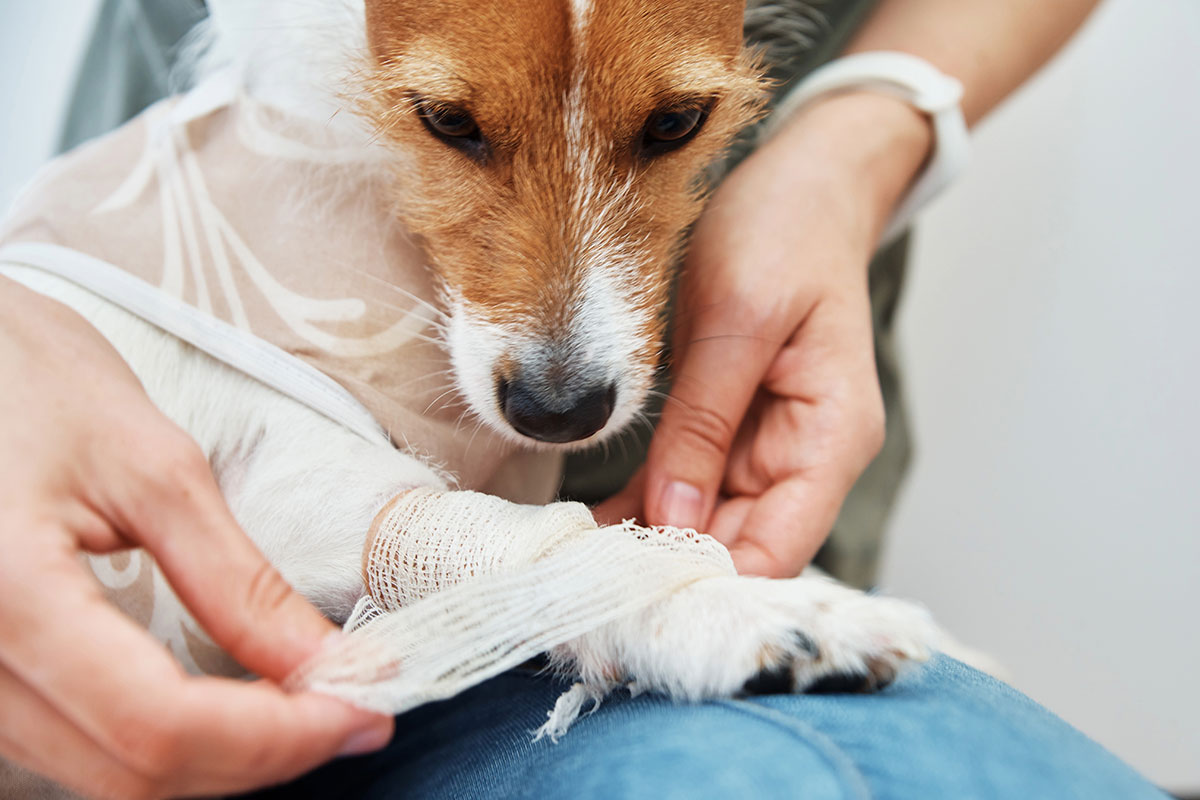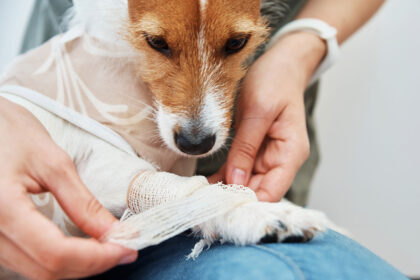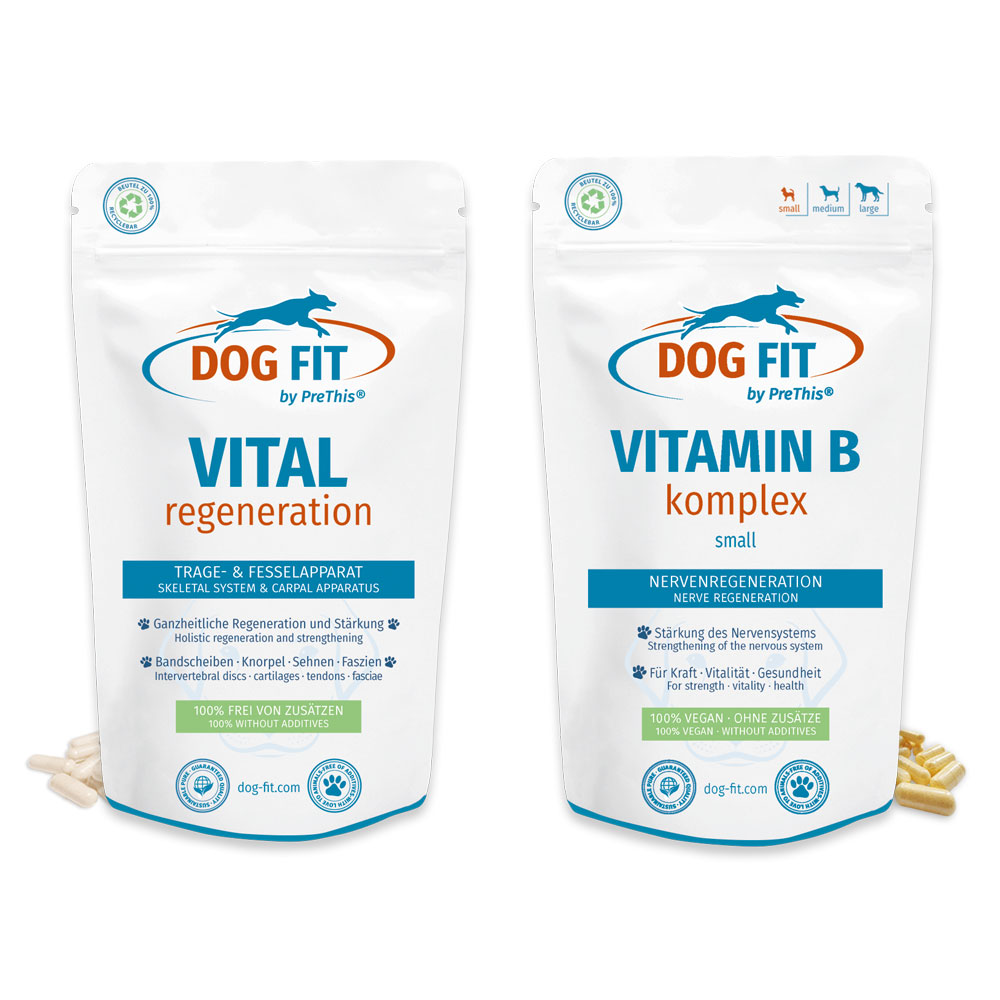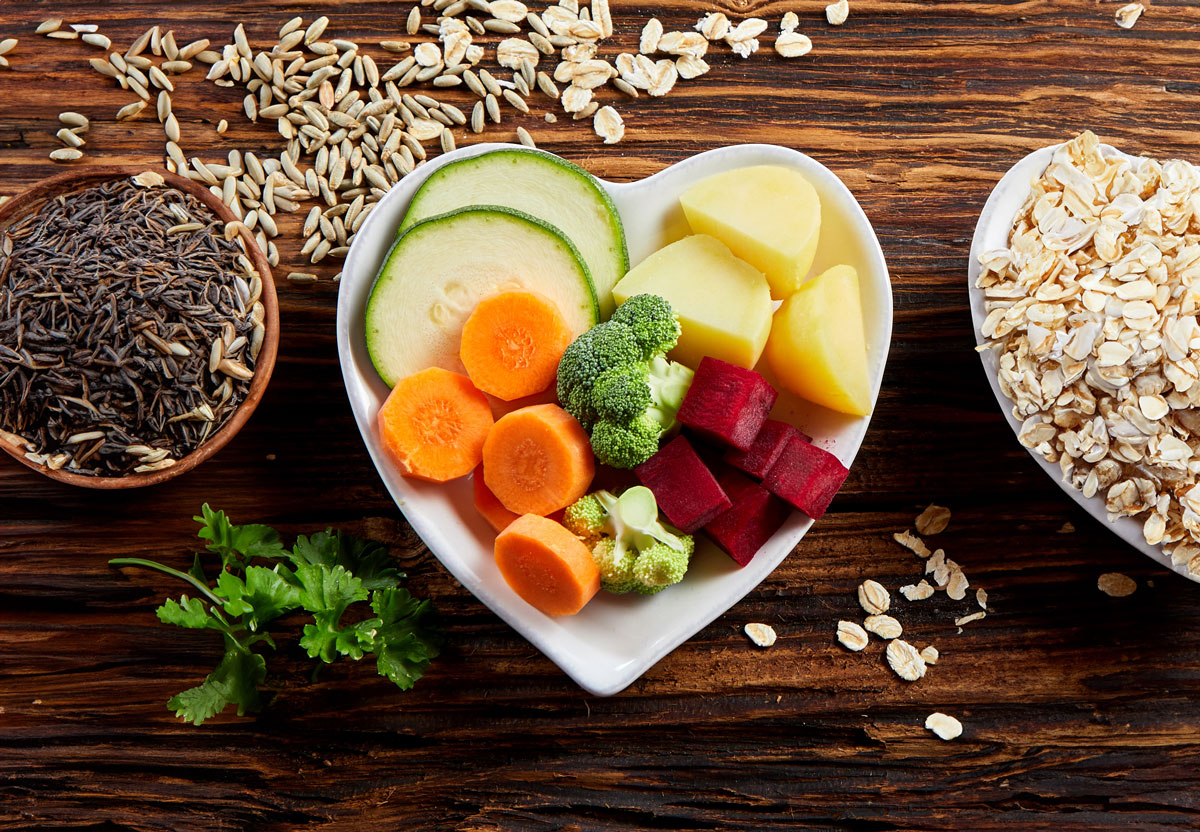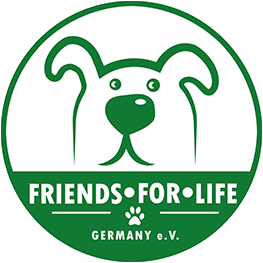- BY DOG FIT by PreThis®
- POSTED IN News Magazine
- WITH 0 COMMENTS
- PERMALINK
- STANDARD POST TYPE
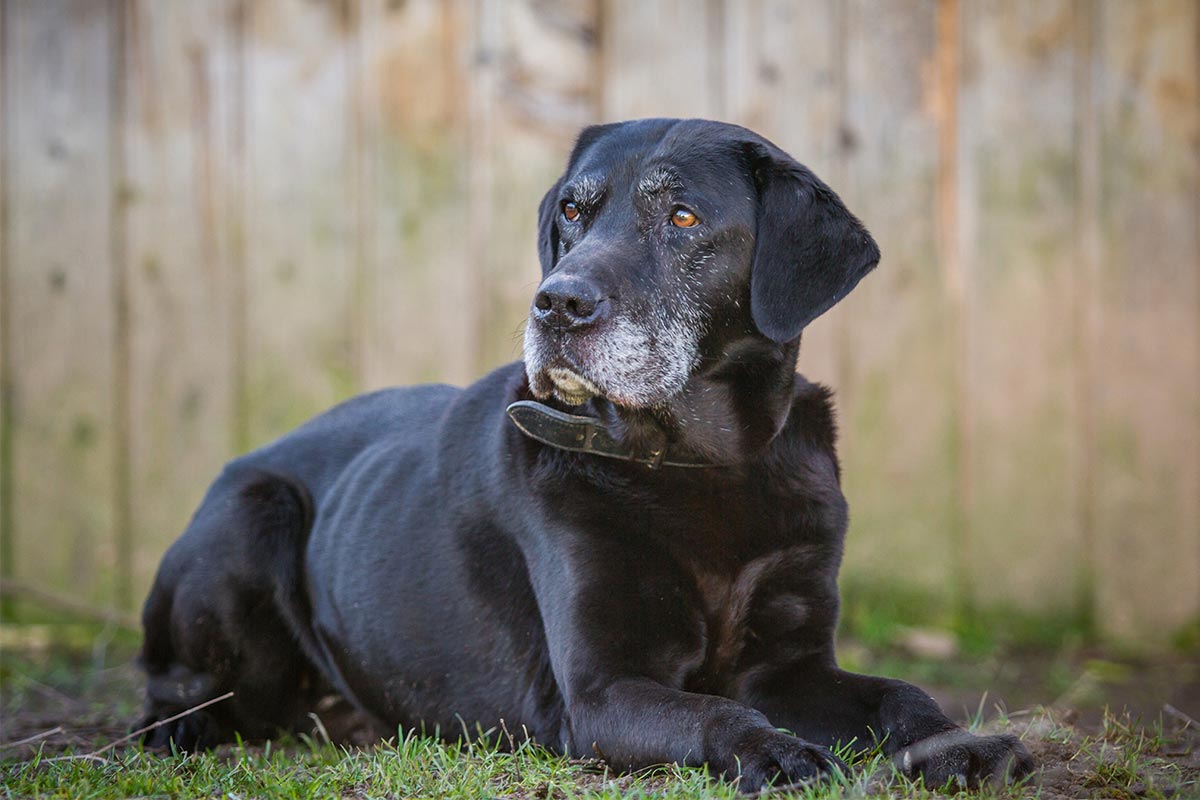
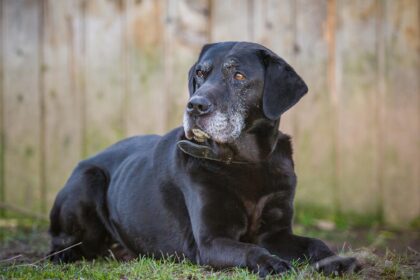
Dogs, especially older dogs, are susceptible to colds and runny noses just like us humans. A runny nose in dogs can, however, indicate various causes that should be taken seriously, especially in older dogs. Find out now what causes runny noses in older dogs, how you can support the immune system and when a visit to the vet is appropriate.
Causes of runny noses in old dogs
Runny noses in dogs can have many causes and range from harmless infections to serious health problems that require a thorough examination. The following causes are particularly common in dogs:
- Viral and bacterial infections
Similar to humans, dogs can also catch a cold from viruses and bacteria. These pathogens weaken the immune system and lead to a runny nose, cough and fatigue. In older dogs, a simple cold can be more serious because the immune system is less robust in old age. - Allergies
Dust, pollen or certain ingredients in food can trigger allergic reactions that manifest themselves as a runny nose. Allergies are also more common in dogs and should definitely not be ignored in older dogs. - Dental problems and oral cavity infections
Dental problems or inflammation in the mouth and throat area can also cause a runny nose. Purulent or unpleasant-smelling discharge can be a sign of such problems, which are also common in older dogs and should be treated by a veterinarian. - Weakened immune system
After injuries, operations or in old age, the immune system can become significantly weaker, making the dog more susceptible to infections. A weakened immune system can promote colds and lead to infections lasting longer or even becoming chronic. - Tumors and growths
Cold symptoms caused by tumors or polyps in the nose or sinuses are rare, but should not be ruled out, especially in older dogs, and should be checked by a vet.
When should I take my old dog to the vet?
While a cold is often harmless in younger dogs, a vet should be consulted in older dogs to determine the exact cause. If the cold lasts longer than a few days and is accompanied by fever, coughing or purulent nasal discharge, a veterinary examination is essential. The vet can use swabs and tests to determine possible infections or other causes and initiate appropriate treatment.
Home remedies for a cold and how to deal with it
In addition to veterinary treatment and support with VITAL immun, some home remedies can help to alleviate the symptoms and improve your dog’s well-being:
- Warm, moist air: A quiet place in a slightly humidified room (e.g. with a humidifier) can help to relieve the respiratory tract.
- Light food and plenty of fluids: Make sure your dog drinks enough and is given easily digestible food. Strengthening the body begins with good nutrition.
- Avoid stress and drafts: A quiet place to sleep and avoid cold drafts promote recovery.
Building up the immune system
An intact immune system is crucial for a dog to be armed against infections and diseases. DOG FIT by PreThis® VITAL immun is a specially developed food supplement for dogs that can support and strengthen the immune system in a natural way – especially in old age when the body has fewer defenses.
VITAL immun is based on natural ingredients, including immune-boosting medicinal mushrooms, herbs and mumijo from traditional Chinese medicine (TCM), high-quality colostrum and valuable ingredients from animal healing practices such as propolis and rosehip extract. These ingredients help to mobilize the body’s defenses and support the body so that infections and colds can subside more quickly or do not occur at all. Regular administration of VITAL immun can help to improve general well-being, especially for older dogs.
Conclusion: Support the immune system and consult the vet if you have a cold
A cold (not only) in an old dog should always be monitored and checked by a vet if symptoms persist. No different to (old) people who should be examined by their family doctor to be on the safe side. A healthy, balanced and, above all, as fresh a diet as possible and plenty of fluids should be basic requirements.
Dogs are true family members: They accompany us through thick and thin, provide variety, and show us how wonderful little adventures can be. Loving interaction and time for one another make every day special.
